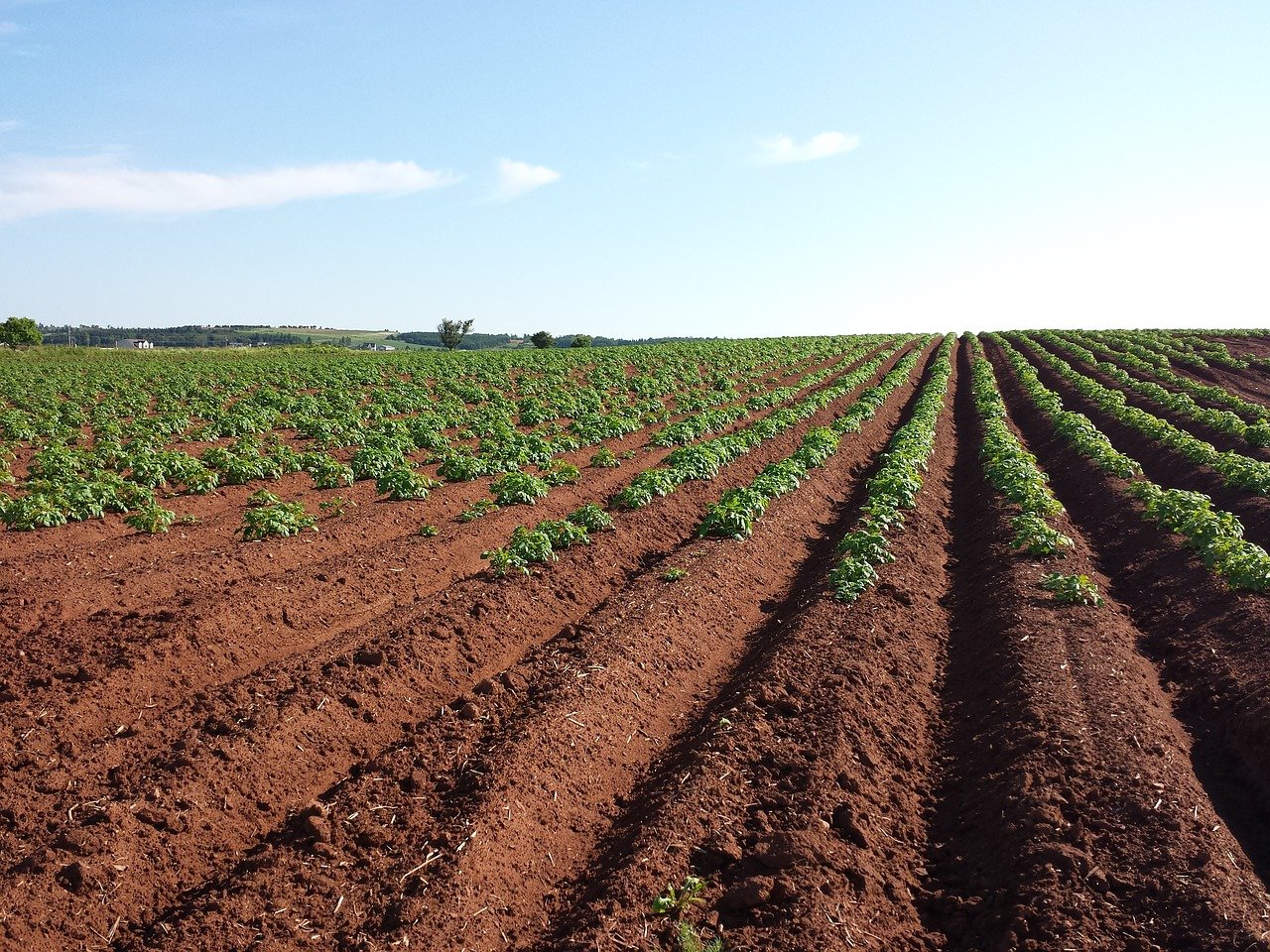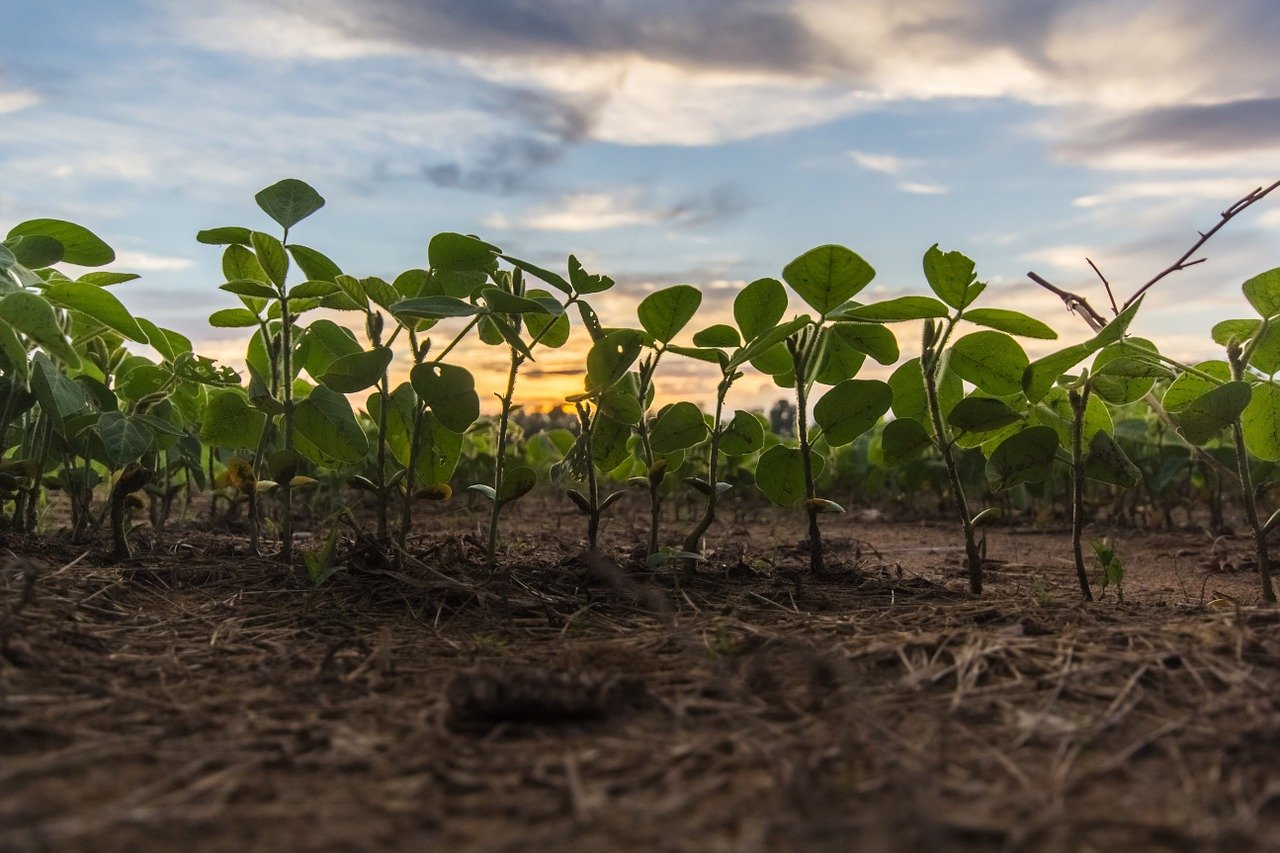A subsurface drip irrigation system is a highly efficient, low-pressure network that utilises drip tubes or tapes to deliver water directly to the root systems of plants and crops. The concept of drip irrigation, which would lead to subsurface drip irrigation, was the brainchild of a Polish-Israeli inventor, Simcha Blass who developed the idea together with his son, Yeshayahu.
Where the Idea of Drip Irrigation Originated
Born in 1897, Blass grew to become the best-known water engineer in Yishuv - a Jewish community within Palestine. He devised the first aqueduct of the modern era in the Jordan Valley. He became one of the founders, and the chief engineer, of what is now the national water company of Israel.
It was in the early 1930s that Blass first stumbled on the idea of subsurface irrigation thanks to a local farmer. He drew Blass's attention to a large tree that was flourishing, apparently without water, in his backyard.
With his curiosity peaked, Blass examined the area and discovered a leaky coupling that was responsible for a small wet area amid the parched backyard. After digging down, he found an expanding, onion-shaped area where underground water was spreading out to the tree's roots.
The germ of the idea of drip irrigation was born, and Blass went on to design an irrigation device that utilised friction and water pressure to release drops of life-giving water at regular intervals.
Subsurface Irrigation in Ancient China
The first-ever reference to subsurface irrigation stems back to Ancient China over 2000 years ago. It refers to clay pots being buried in the ground filled with water. Subsurface Drip Irrigation (SDI) as we recognise it today, was developed circa 1959 in the USA in California and Hawai.
The Commercial Development of Subsurface Drip Irrigation Materials
The development of SDI in the 1960s was centred around polyethylene (PE), and polyvinyl chloride (PVC) pipes that had holes or punched emitters installed along their lengths. They worked at low pressure, being dependent on the quality of available water and the filtering systems.
The biggest problem in those early days was maintenance. Keeping a uniform low pressure along the pipes' lengths was a challenge, and the holes and emitters constantly getting clogged up was problematic.
The era of the 1970s saw the quality of both laterals and emitters being drastically improved, and the use of subsurface drip irrigation began to gain credence. The 80s brought a reduction in the cost of the pipes and emitters, and the system enjoyed wider use.
A Significant Weapon in the Water Conservation War
With the growing problems of climate change and the conservation of limited resources, improving crop irrigation efficiency became a major priority. SDI was welcomed as being a significant weapon to employ in the water conservation war.
Today's subsurface drip irrigation systems are capable of deploying frequent, light deliveries of irrigation water, drip-fed directly to the crop root systems. They are an irrigation boon to areas where water supply is limited and conditions, hot and windy.
The Advantages of Subsurface Drip Irrigation
SDI has many advantages, including:
- The saving of limited resources through significantly lower water consumption
- A more uniform distribution of irrigation water to the root zones of crops
- Does away with any loss of irrigation water due to evaporation
- It enables and facilitates automating the irrigation process.
- By delivering fertilisers and plant protection products directly to the crops' root systems, SDI economises on product wastage and increases the effectiveness of plant nutrition and protection against blight and disease.
- It does away with the problem of crust forming in the upper layers of the soil.
- Because of the possibility of the placement of emitters in and between the rows of plants, it limits any losses due to the human factor.
Another benefit of using subsurface drip irrigation is that it allows the soil to become dry, which reduces the occurrence of plant disease and the development of weeds. The mechanics of drip technology also elongate a pipeline's working life and protect it from damage caused by the weather and mechanical objects.
Working with Effluent Water
An SDI system can also work with effluent water in both the agricultural and the landscaping industries due to the fact that it stops contaminants and toxins from being transmitted to both the crops and also the environment.
The Halfway House in Subsurface Irrigation for the Home Gardener
A lot of home gardeners have already embraced the idea of drip irrigation in their gardens, and some have gone to the next stage of a type of subsurface drip irrigation using soaker hoses.
Soaker hoses are manufactured with a semi-porous surface. They work by allowing water to weep out slowly along their length, so it is not strictly speaking drip irrigation, but they work in a similar way. Soaker hoses are often made out of recyclable materials, so in themselves, they are eco-friendly.
They suit smaller sized, level gardens where the plants, shrubs and trees and planted in rows or are grouped compactly. If your garden is undulating, another type of irrigation would be preferable.
Under the Mulch
Soaker hoses have been designed for use on the surface of the soil, but can also be installed under mulch. So, for gardeners looking for a relatively easy fix in terms of subsurface irrigation, this is a handy solution. Simply lay the soaker hose in position among your plants and then cover with mulch.
This idea works well for keeping the hose itself out of sight. But it also works very well if you use an organic mulch as it helps to minimise any water loss through evaporation, but it does still retain moisture. The other benefit is that keeping the hose out of the sun's ultra-violet rays helps prolong the life of the hose.


